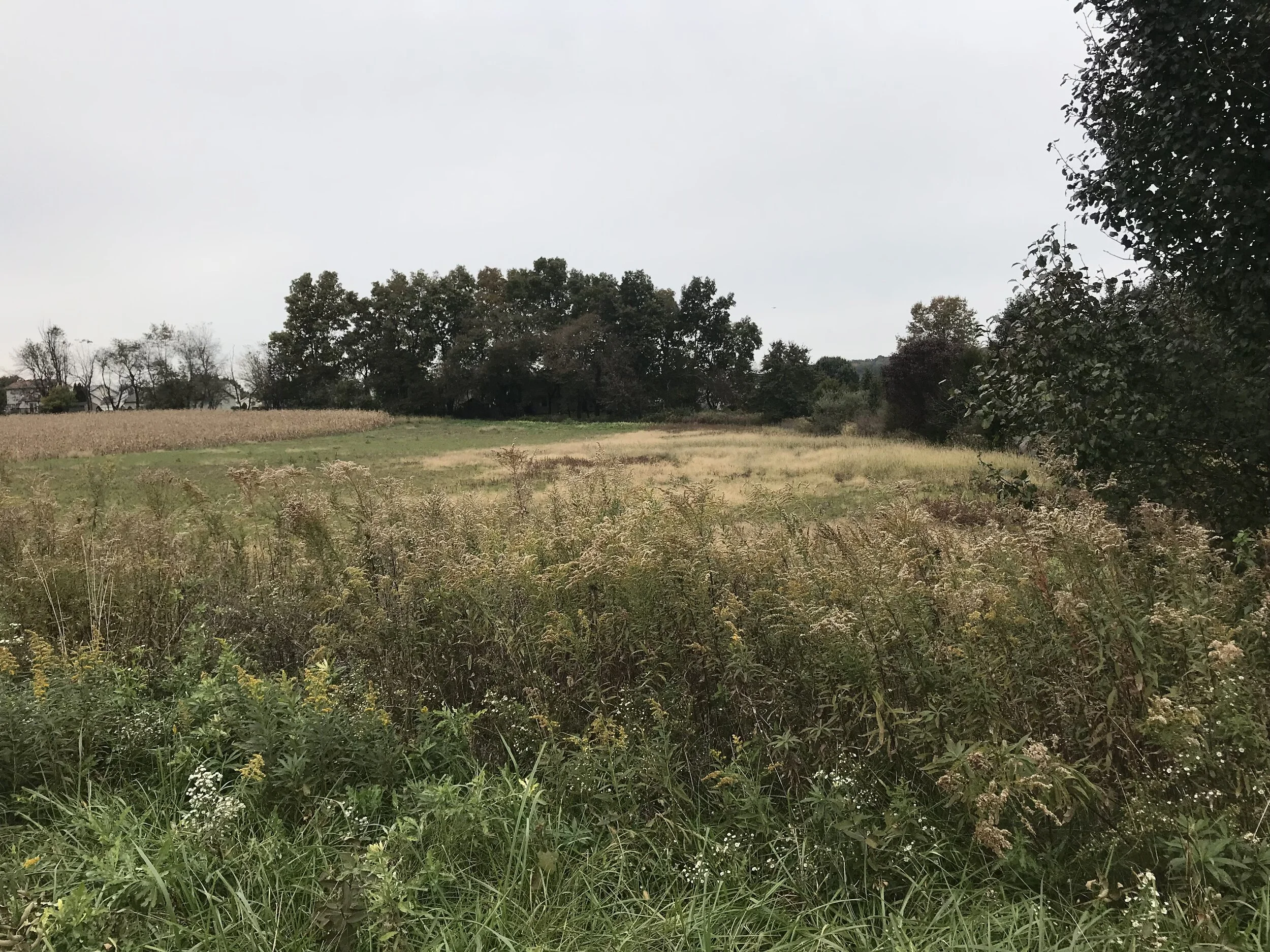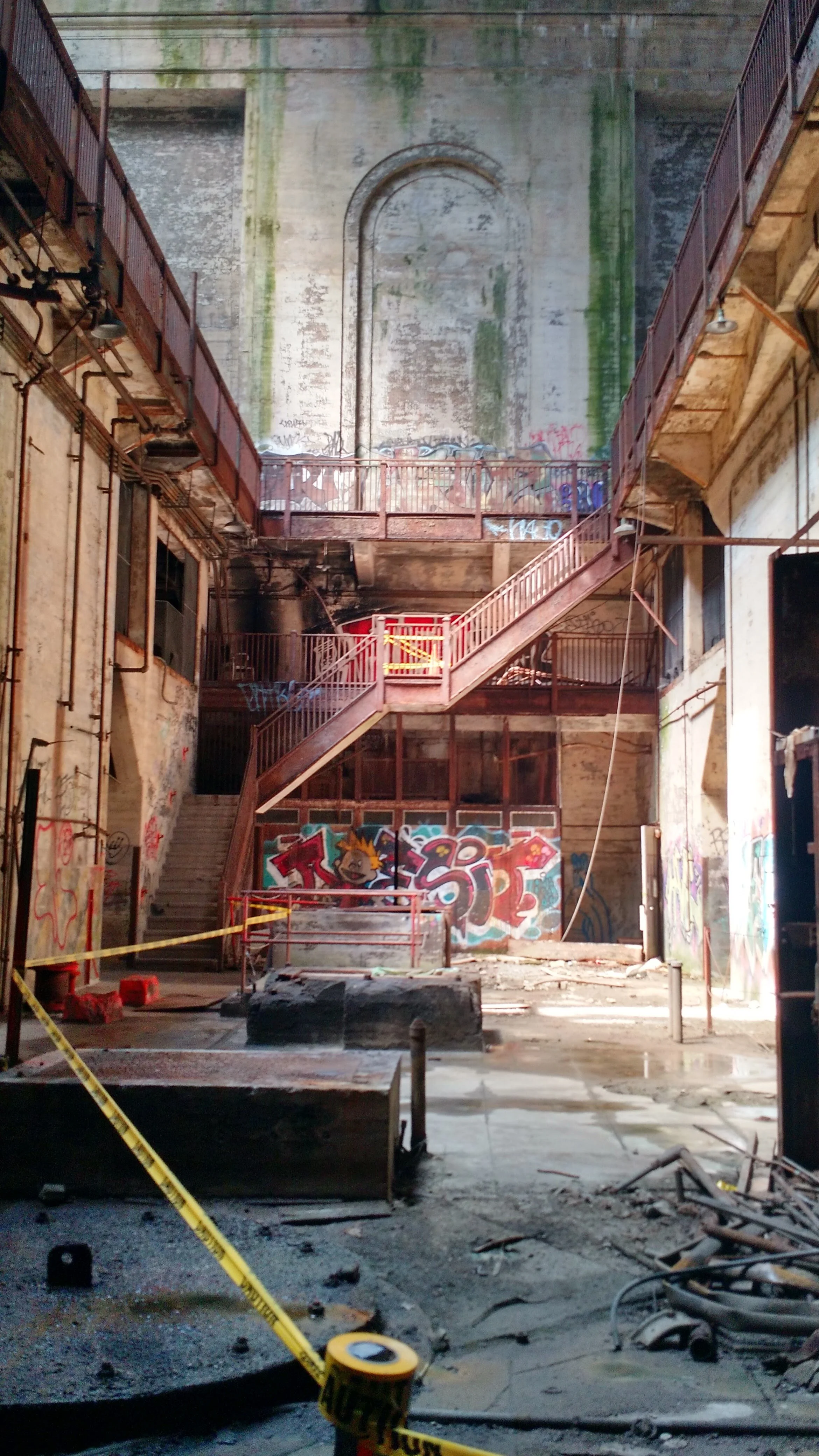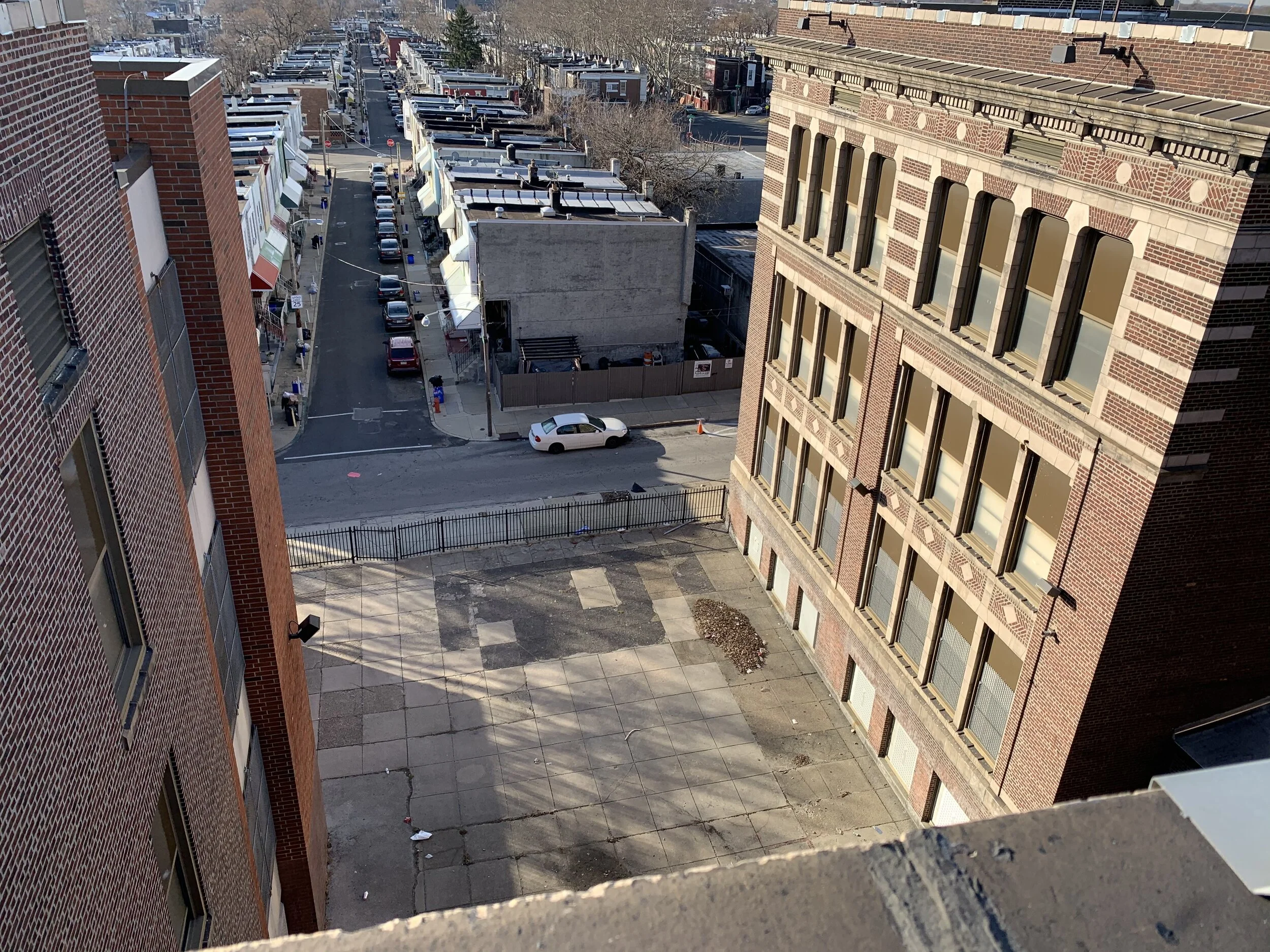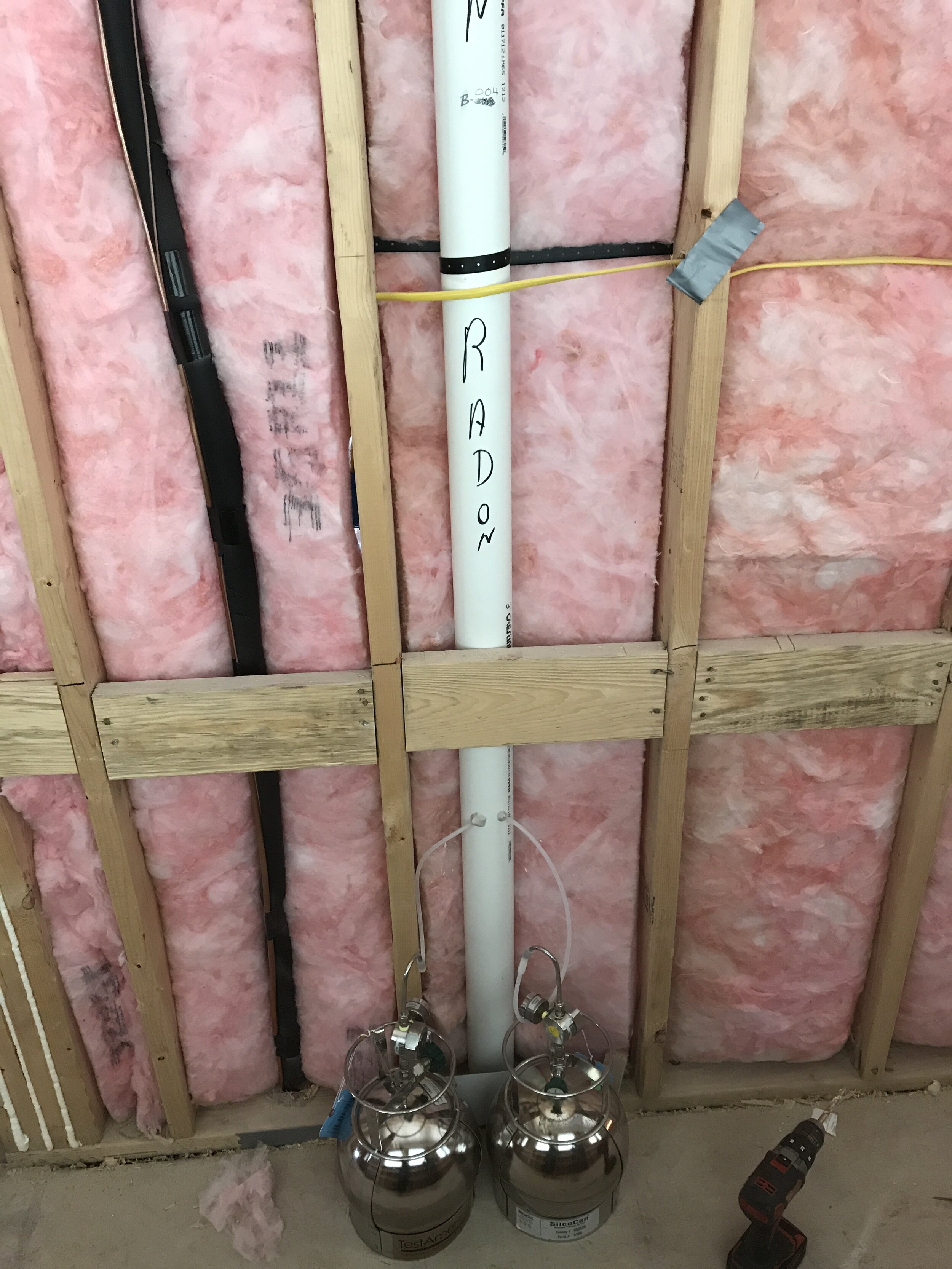Phase I ESA
The level of risk associated with environmental issues at a parcel of real estate can be a significant factor when it comes time for the property transfer, financing, or redevelopment. A Phase I Environmental Site Assessment (ESA) is a report which identifies potential or existing environmental contamination liabilities, at both the underlying land and the physical improvements at the subject property. Phase I ESAs are commonly prepared for lenders, developers, site owners, and prospective site purchasers. Since current environmental regulations leave the burden of environmental responsibility on the property owner, most commonly, Phase I ESAs are performed in order to satisfy the requirements of the “innocent land owner defense” and/or other available defenses provided by CERCLA and SARA. Following the enactment of the Brownfields Act, the USEPA created its own “All Appropriate Inquires” (AAI) regulatory standard.
REPSG has completed Phase I ESAs for our clients at thousands of sites, of every description, across the US. Residential, commercial, and industrial properties each present specific needs and challenges in the Phase I ESA process; REPSG’s deep experience in completing Phase I ESAs keeps us focused on the salient issues for each site, each client, and each transaction.
All Phase I ESAs completed by REPSG are done in accordance with the most current version of ASTM E 1527 and by a Qualified Environmental Professional (QEP). REPSG can also perform Phase I ESAs in accordance with specific financial institution requirements (HUD, Freddie Mac, Fannie Mae, USDA, etc.).
ASTM first published the “Standard Practice for Environmental Site Assessments: Phase I Environmental Site Assessment Process” in 1993. This document was quickly accepted as the industry standard baseline for conducting “all appropriate inquiries.” Following the 2002 Brownfields Act, E 1527 was revised so that completion of Phase I ESA in accordance with E 1527 would also satisfy the requirements of AAI.
The scope of a Phase I ESA includes four components:
Record Review – Federal and State regulatory databases, permits, tax assessor documents, historical atlases and maps, aerial photographs, and ownership records
Site Reconnaissance – visual site reconnaissance of the interior and exterior portions of the subject property, the peripheries of the subject property, and adjacent properties
Interviews – current or former management, owners, and tenants in addition to neighbors and Federal, State, and local officials, as appropriate
Report – written documentation of all findings along with conclusions and recommendation for further investigation, if warranted
While the Phase I ESA does not include the collection or analysis of samples of soil, groundwater, soil vapor, suspected asbestos-containing materials, suspected lead-based paint, etc., these services can be conducted concurrently.
Phase II ESA
Where conditions related to environmental liabilities are suspected to exist, but cannot be defined without intrusive investigation, REPSG offers Phase II Site Assessment (ESA) services. Phase II ESAs often provide information critical to due diligence considerations when buying/selling property. Through direct investigation of property conditions, both at the interior of a structure or in the subsurface, potential risk and liabilities can be better defined to provide clients with reasonable expectations of property outcomes.
Each of REPSG’s Phase II ESAs is designed in such a manner as to provide the information necessary to make financial decisions on how to proceed with a property. Additionally, our experience with regional regulatory programs (i.e. Pennsylvania’s Land Recycling Program (Act 2), New Jersey’s Site Remediation Program (SRP-ISRA), Maryland Voluntary Cleanup Program (VCP & LRP), and Delaware’s Brownfields Development Program (HSCA)) means the information/data collected as part of the Phase II ESA can be incorporated into the regulatory filings to avoid starting from scratch.
Scope of work elements regularly incorporated into REPSG’s Phase II ESAs include:
Geophysical Surveys (including Magnetometer, Ground-Penetrating Radar (GPR), and Electromagnetic)
Underground Utility Location
Soil and Groundwater Investigation and Characterization
Soil Borings: Geoprobe, Hollow Stem Auger, and Air-Rotary
Monitoring Well Installation
Media Sampling (Soil, Groundwater, Air, Liquid, or Bulk Solids)
Certified Laboratory Analysis
HUD Services
REPSG provides the comprehensive Environmental Review services needed to document compliance with the requirements of 24 CFR Part 50 and Part 58 for HUD-funded projects. We understand how the involvement of multiple regulatory entities and project stakeholders can place special demands on such projects, and we are experienced in navigating the complex regulatory compliance process that can appear maze-like to the uninitiated. REPSG has proven experience partnering with developers, non-profits, housing authorities, and local governments to successfully navigate the environmental requirements for HUD-funding and to achieve a release of funds.
REPSG’s services in support of HUD project funding includes the following:
Environmental Review with upload to HEROES and ERMS systems
Environmental Assessments
Environmental Impact Statements
Noise Assessments
Acceptable Separation Distance Reports
Floodplain Management 8 Step Decision Making Process
Section 7 Endangered Species Review
Section 106 Historic Preservation Submittal
Environmental Justice Screening
Radon & Vapor Sampling & Mitigation
Subsurface conditions can be a source of concern for indoor air quality. Impacts to soil or groundwater can result in elevated levels volatile organic compounds (VOCs), and naturally occurring radioactive soils and/or rock can be a source of radon gas. The assessment of the connection between subsurface conditions and indoor air is different for every structure, be it commercial or residential, and requires both environmental expertise and familiarity with building design and the ways in which vapor can enter a structure. REPSG has decades of experience providing cost effective and innovative solutions to assess and manage subsurface vapor and radon conditions to preserve the quality of indoor air.
Assessment of soil vapor conditions can be done from the interior or exterior of a structure depending on the needs of the project. Assessment of soil vapor conditions can even be done from existing mitigation systems. Radon can be assessed passively from the interior of the structure without any intrusive measures via short-term or long-term methodologies.
When impacts to subsurface are identified, REPSG can provide design and installation services, including confirmatory testing to ensure system efficacy, whether as a retro-fit to an existing structure or for integration into new construction. The mitigation systems can be designed as passive or active systems based on the needs of the individual project. All of the systems are designed and/or reviewed by licensed professionals with AARST and the state-specific offices (as applicable). REPSG has experience working with development teams to bundle the installation scope with the building trades which are already working at the property. By working with the trades which are already mobilized at a property, REPSG can help reduce redundancy and save money for ownership.






